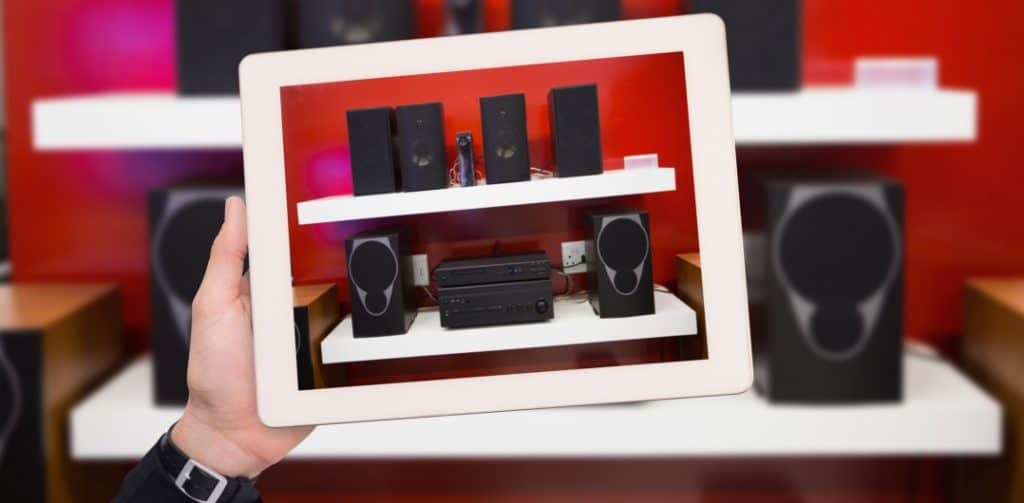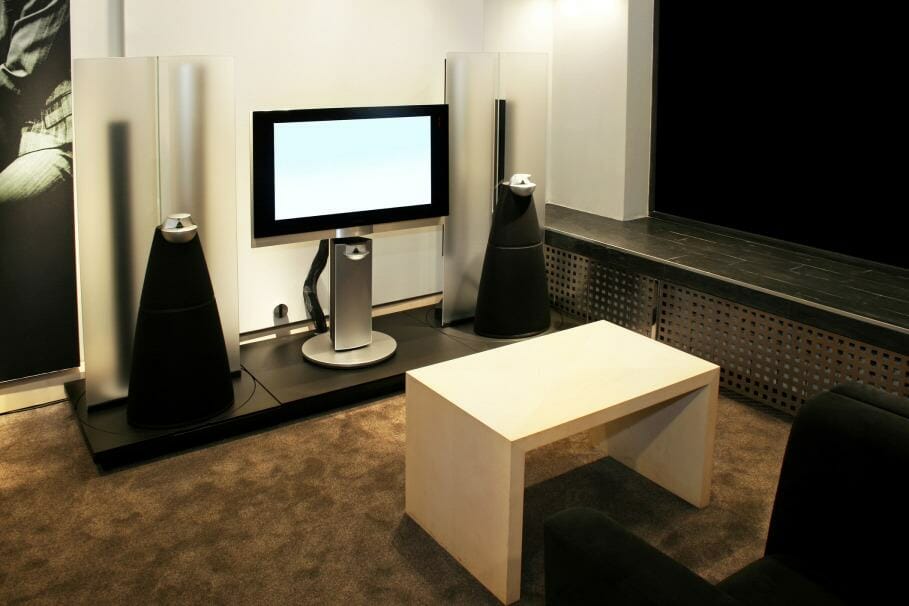Who does not want to feel a little bit of the ground shaking when watching a bomb explode in an action movie? A subwoofer is an integral part of your home sound system, which makes deeper tones sound just right. It gives more depth to the viewing and listening experience.
There is really nothing else that can compare to a subwoofer. This is because of how different they are from other speakers, like the fact that they can produce bass frequencies between 100 Hz and a low 20 Hz. They usually have their own amps and use large drivers, which allow them to produce the wavelengths common to low frequencies at a much higher dB level compared to a normal loudspeaker.
While the vast choices are good for customers so they can find exactly what is best for them, it can be confusing for those who are not as tech-savvy. What are the differences between a sealed, ported, and bass radiator subwoofer? This guide might help you make a choice.

Ported Subwoofers
This is the most common kind of subwoofer, and it provides you with a thick bass sound. Its design is pretty simple. Based on the name, it is just a hole in the cabinet, although some would be extended inside by a tube that allows air to escape. These designs are usually called “bass reflex“ speakers because the sound waves, specifically the bass frequencies, are forced by the air out of the port. The port magnifies the bass coming out, which is why it is a much-loved design.
What you need to look for is the resonance frequency, which is the frequency at which the speaker vibrates. This is based on how wide and long the port is, and the sound waves close to it will be the ones boosted by the port.
The engineer of the specific subwoofer model can choose the frequencies it will boost by determining the port’s dimensions. However, there is only a limited number of frequencies that can be intensified by a port. This means if your subwoofer has the resonance frequency of 25 Hz, but the music you are listening to does not go below 40 Hz, you will not really enjoy the benefits of your ported subwoofer.
Another disadvantage of this kind of subwoofer is the noise created by the air created as the air is being pushed out of the port. There are well-designed ports which will not have the same issue, but it may still occur during higher volumes.
Sealed Cabinet Subwoofers

This kind of subwoofer does not use a port, and the sound leaves the cabinet through the active driver(s). When it is nicely designed, you can get a nice, even response across all frequencies.
These speakers are also referred to as “acoustic suspension“ designs. They deliver a sound that is more even, and there is no risk of port noise. Compared to a ported subwoofer’s boomy sound, you get sound that is more defined in comparison.
This comes with a price: the sound is quieter and will not hit the same low frequencies as a ported sub. To compensate for it, you might need a larger subwoofer and a more powerful amplifier, but you will end up with a bigger box. However, this goes against the smaller designs common to sealed cabinet subwoofers. It is most commonly used in car audio systems, thanks to its space-saving design. When it comes to home theatre systems, it is not as popular because it does not create the same deep bass and overall output as a ported subwoofer.
Passive Radiator Subwoofers
A passive radiator design strikes a balance between the first two subwoofers. Instead of having a port, they have two drivers to add to the active driver. These drivers, or the passive radiators, are not wired to the amp, though. Because of this, they only do a back-and-forth movement as the air inside the cabinet expands and pressurizes.
Some sound still escapes the cabinet like with a port sub, but there is a huge difference. They do not have specific resonance frequencies like the ported subwoofer, so a wider range of frequencies can be emitted. This leads to better sound quality, with a flat frequency response of the sealed cabinet and the higher output you get from a ported design. This is also achieved in a smaller size than the ported subwoofer. You also do not have the same issues with port noise, and instead, you end up with a smooth bass.
The Bottom Line: Which Subwoofer Box is the Best?

The technical details can be confusing, and the fact is, all you want to know is “Which subwoofer box is the best?“ Well, first of all, you really need to delve through the differences between them to determine which meets your needs (like sound preferences and room size).
If you are an audiophile who loves deep and rich sounds, then the sealed subwoofer will deliver what you need. You need a small to medium-sized room and an amplifier with enough power for a sealed subwoofer.
On the other hand, a ported subwoofer is when you love to turn the volume all the way up. It is also an easy solution if your amplifier cannot support a sealed subwoofer, because any amp out there will most likely support a ported subwoofer. You can be sure to fill the room, even a large one, with full sound. Just make sure you look for a model that is solidly made and that you keep it from humidity. We think Belva has both affordable and quality subwoofer for great sound.
Bass radiator subwoofers might be the best of both worlds, but they tend to be more expensive than the two. They also have additional components that are prone to damage. Because you have to invest in them, make sure you read the reviews to make it worth every cent.
You really cannot complete your home theatre system without a good subwoofer, but even the wrong one can lead to poor quality sound. This is why doing your homework will help you achieve the exact kind of audio experience you are looking for.


